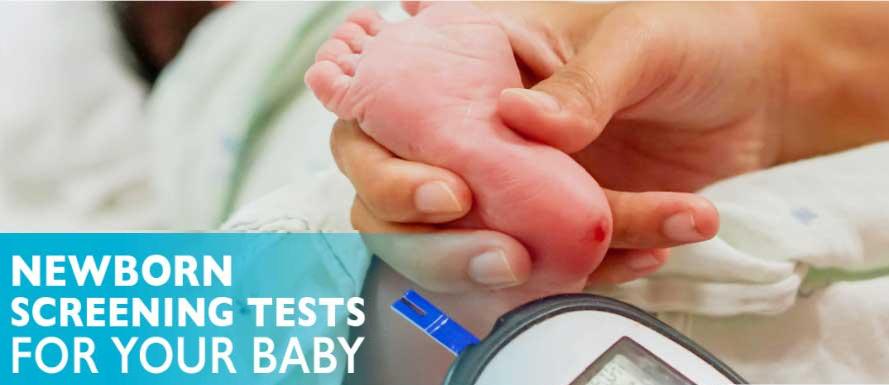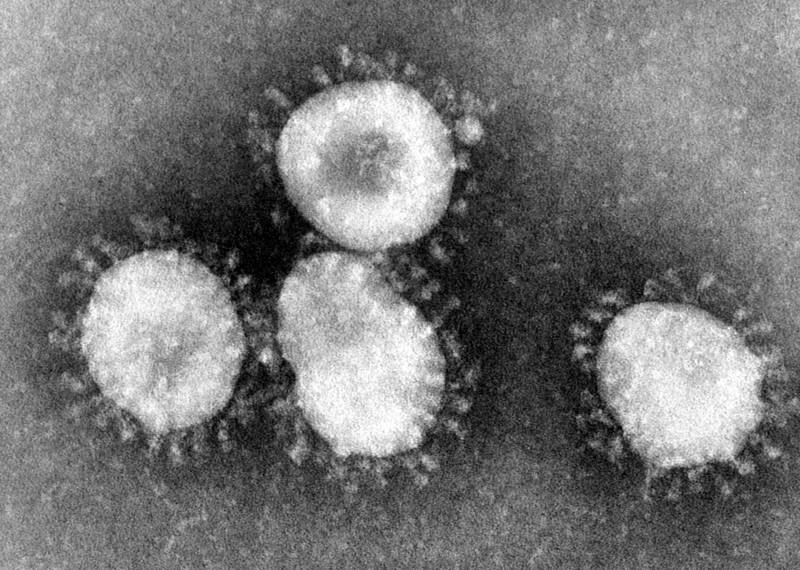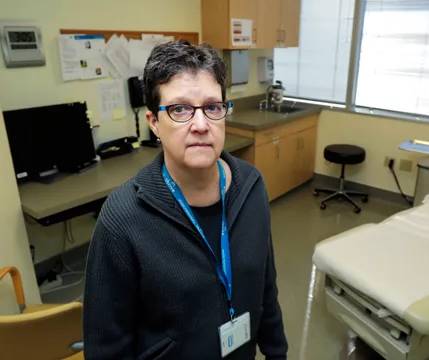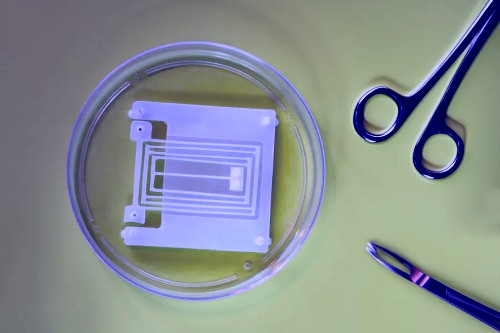Fever specialist issues mosquito warning
Dr. Naima Akbar, head of Hemorrhagic Fevers and supervisor of the Program to Combat Disease Carriers at Jeddah Health Affairs’ Preventive Medicine, has warned against three types of mosquitoes in Jeddah: Culex, Aedes aegypti and Anopheles.
“The most common is the Culex, carries Rift Valley Fever, but the most dangerous is the Adesa Egypiti, which causes dengue fever,” she said.
The Anopheles mosquito, she says, is not as dangerous as the other two. It is a non-epidemic parasite and no cases of it have been reported in the Kingdom.
Akbar said that stagnant areas of water provide perfect grounds for Aedes aegypti breeding, and that all signs point toward a steady increase in cases of dengue fever in Jeddah due to the stagnant pools left by rains.
“Mosquitoes have a four-phase life-cycle,” she said. “Egg, larva, pupa and adult or imago,” she said. “The first three stages are aquatic and last between five and 14 days. Adult females lay their eggs in static water. The eggs hatch to become larvae, and then pupae which float on the water surface.”
According to Akbar, mosquitoes are a “vector agent”, carrying viruses and parasites from one person to another without catching the disease themselves, having specially adapted mouth tools that pierce the skin of animals and plants.
“Dengue mosquitoes multiply in fresh and stagnant water, which is why they are found on building roofs,” she said. “It also shows the importance of spraying insecticides and using mosquito nets.”
MUHAMMAD DAWOUD
Saudi Gazette









Post Comment
You must be logged in to post a comment.